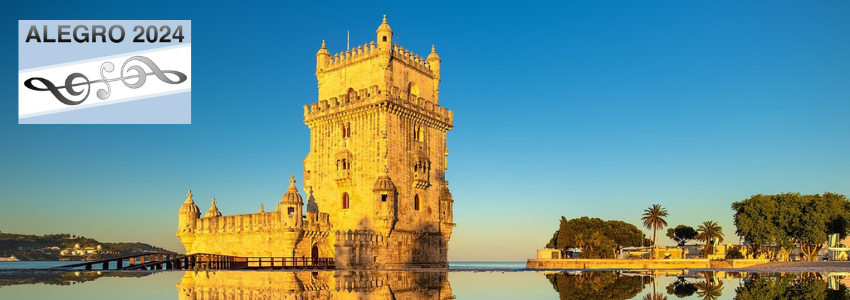Description
Particle acceleration over a short distance has a vast range of potential acceleration applications. While electron acceleration in plasmas has proven widely successful, accelerating positrons is an ongoing challenge. Positron acceleration is challenging as the accelerating guiding structures for electrons are inadequate to guide positrons. Recently, Direct Laser Acceleration has emerged as a particle acceleration technique which can accelerate both, negatively and positively charged leptons to high energies; however, the accelerated positron beam quality and injection need to be improved. In this work, we optimise the positron beam creation and acceleration by leveraging DLA first to accelerate electrons and form a guiding structure for positrons. The electrons and laser then collide with the target producing pairs from Bethe-Heitler. This optimisation is done by performing Particle-in-Cell simulations using laser parameters available from next-generation laser facilities and exploring different experimental configurations. Preliminary results indicate a threefold increase in produced and accelerated positrons. The collision of these optimised beams can be potentially used for seeding QED cascades.
| Available for oral presentation in a session | No |
|---|
